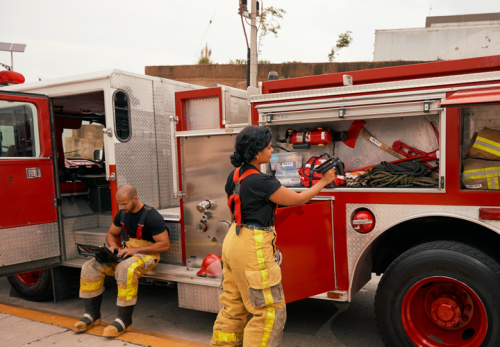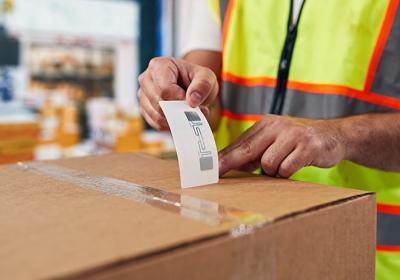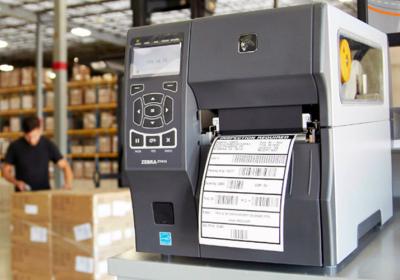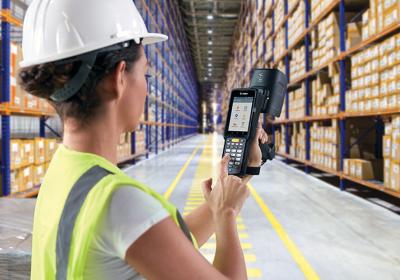In many cases, agencies rely on manual inventory management processes that are both time-consuming and error prone. As a result, first responders spend an inordinate amount of time counting supplies and equipment and manually updating the systems that agencies rely on for tracking. But, as with all things human, agencies are still left with inaccurate information that leads to either inefficient purchasing or critical shortages that impact the ability to respond.
Today’s public safety agencies need tools that deliver real-time information with less labor. They need systems that help ensure that critical supplies are where they need to be when they are needed. They need tools that provide accurate information for smart purchasing decisions. And they need a system that aids compliance without adding extra labor costs.
To accomplish these goals, many leading Fire/EMS agencies are turning to radio frequency identification (RFID) solutions that streamline asset management and put up-to-date inventory data at the fingertips of those responsible for ensuring the agency is ready to respond to any situation.
RFID uses tags that can be embedded with a wide range of data—much more information than a conventional 1D/2D barcode. The tags can either be active, meaning they have their own power supply, or passive, which means they are powered by the electromagnetic waves from a nearby tag reader. Both types of tags have a transponder that transmits radio signals when they detect an RFID reader. The reader receives the signals and translates them into data.
Since RFID uses radio waves, the readers do not require line of site to the tagged item. This allows RFID systems to capture data from any tagged item within range of the reader, and multiple signals can be received at the same time. This accelerates data capture by as much as 10x compared to conventional scanning. Instead of tediously scanning dozens of barcoded items on a shelf with a conventional scanner, an RFID reader can capture data from all the tagged items with a single scan.
Since RFID systems eliminate the need for individual scans, they can boost inventory accuracy as high as 95 to 99%. Plus, RFID tags have the capacity to store a wide range of data. So, RFID systems can capture valuable information from tagged items, such as expiration dates for medical supplies, in addition to basic inventory data.
Turn Almost Any Mobile Computer into a Handheld RFID Reader
RFID systems require expertise and experience to get it right, but partners like General Data and Zebra can simplify things to put the benefits within reach of just about any Fire/EMS agency. From printers and tags to readers and software, we have complete RFID solutions that streamline all aspects of inventory and asset management.
Since RFID systems eliminate the need for individual scans, they can boost inventory accuracy as high as 95 to 99%.
One of the tools we rely on are handheld RFID sleds that allow you to turn virtually any handheld mobile computer into an RFID reader. Zebra’s Bluetooth-enabled RFD8500 and Handheld RFID/1D/2D Sled allows you to connect a device such as Zebra’s TC7X Rugged Handheld Computer or a third-party mobile device to create a wireless data capture system for fast, error-free capture of RFID tags and conventional barcodes.
The keys to a successful RFID inventory system are expertise and planning. If your agency is ready for instant insight into the status and location of all your assets and inventory, contact General Data. We’re your one-stop shop for the Zebra RFID tools that you need to take the pain out of your inventory management system.




